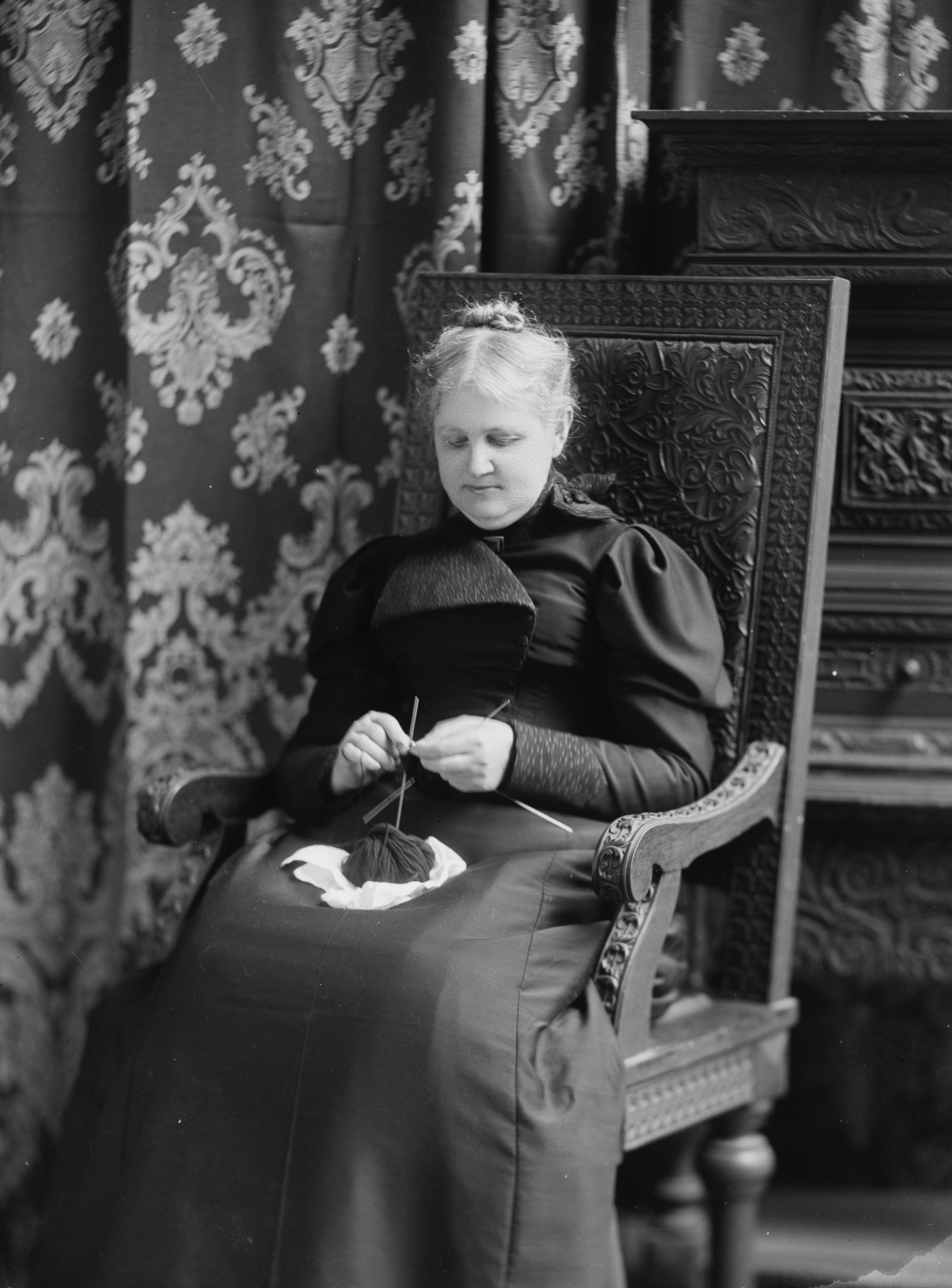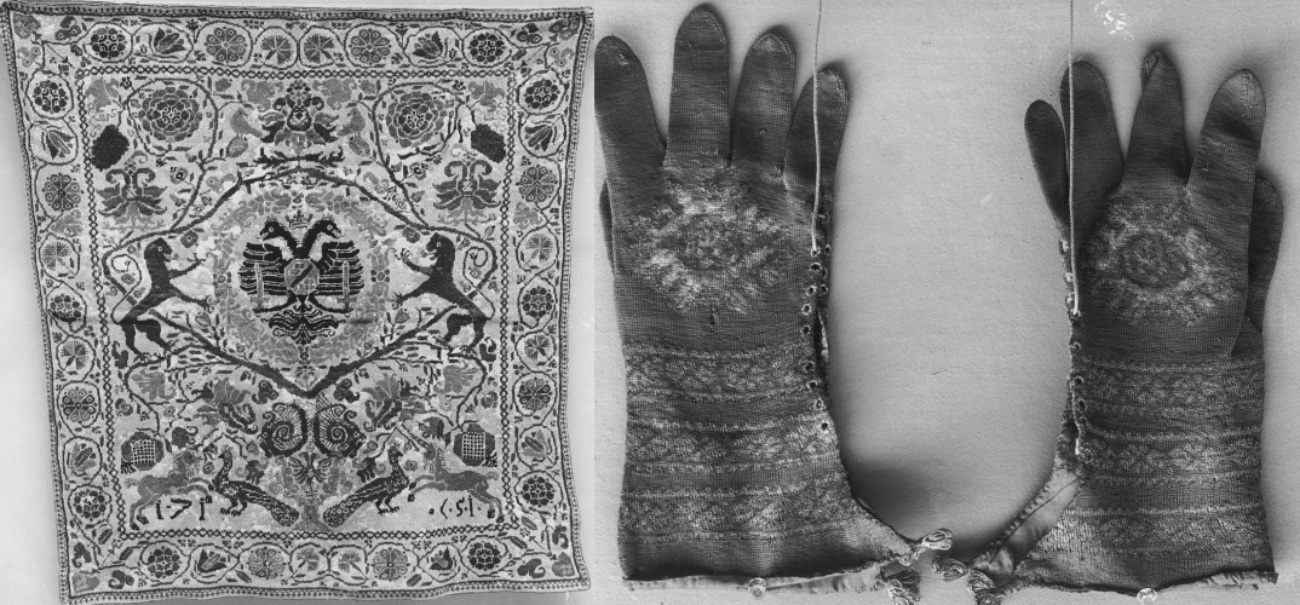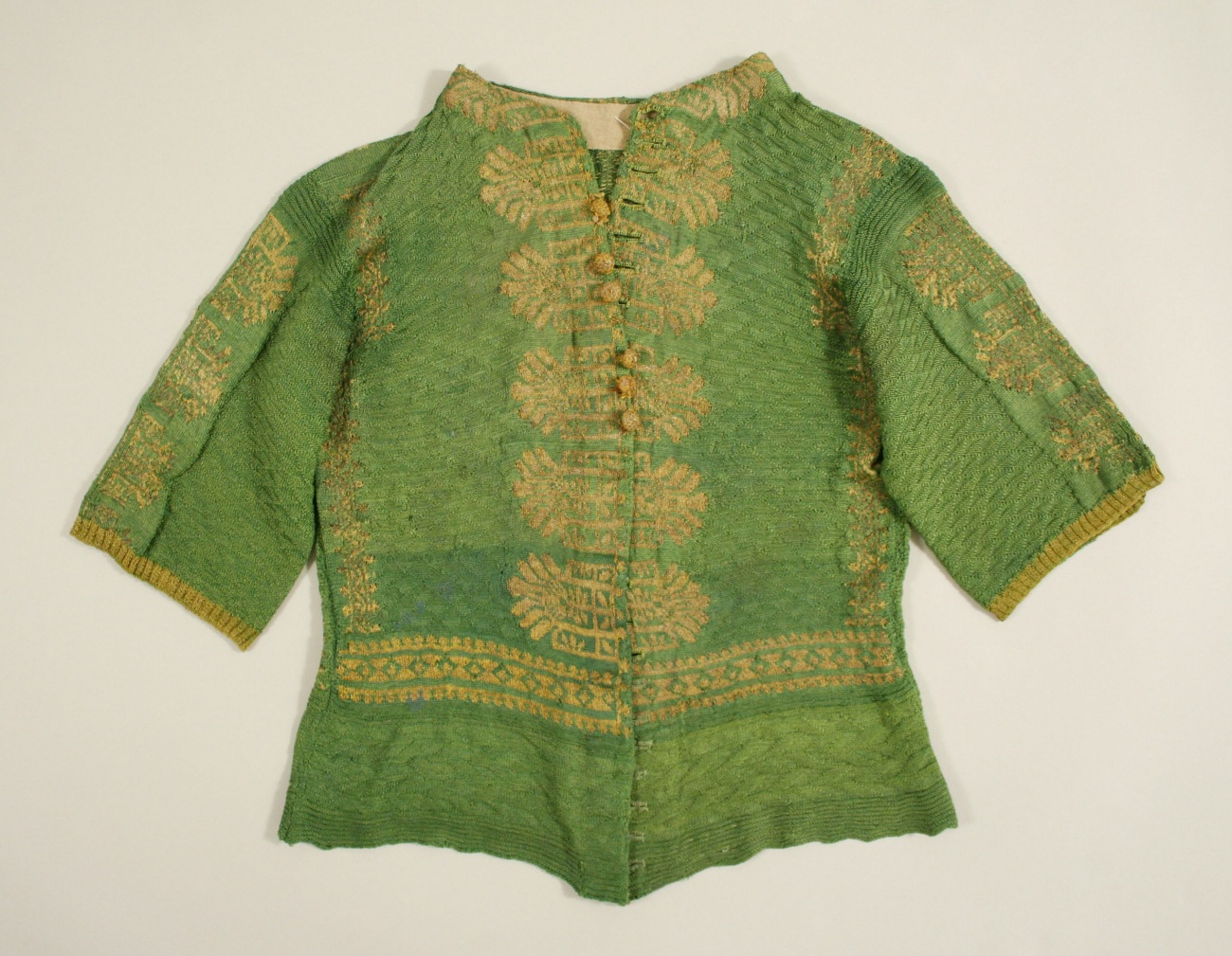Knitting Used to Be Considered a Very Manly Profession
From fishermen to noble finery knitting was in high demand.
When many of us think about knitting we imagine a 1950s housewife knitting little baby booties, or perhaps a young crafter today making brightly-colored scarves. In modern times this hobby has become the domain of women, but it wasn’t always so. There was a time when knitting was serious men’s work- and they were paid well for it.

Some of the oldest examples of single-needle knitting come from Egypt in the 3rd-5th centuries CE, with some modern “true” knitting examples from North Africa dating as far back as 1100 CE. After that it wasn’t long before the craft spread to Europe. Medieval knitting was extremely detailed, as wool was in abundance, but looms for weaving were less so. And woven goods could not stretch to fit a human body like knitted ones could.
Patterns that today we might assume could only be made on a mechanical loom were indeed knitted by hand by skilled craftsmen of the middle ages. This was a profession just like tanning leather or being a stone mason.
Knitting guilds of the era were arranged much like any other tradesman organization and were found all across Europe. Younger members apprenticed to the older, wiser journeymen. Then when they had reached a certain skill level the younger set had to create a final project of sorts to pass to the next level. They had to make a set of objects that would then be judged by their elders. In England this set (called a “masterworks”) included a cap, a jacket, a set of gloves with fingers, and a wall hanging or carpet with floral designs.

Stockings in particular were a knitted item that was essential for both upper and lower classes. However, knitting guilds aimed to provide luxury knitted goods in intricate patterns to appeal exclusively to the nobilty and the wealthy.
In the 1570s in England the importance of wool production and knitting was considered so paramount the there was a decree that all non-noble men had to wear English wool caps on Sundays and holidays upon pain of fine. Women and nobles were excluded from this law.
But, around this same time the first knitting machines were invented, making knitting by hand less important. Even so men still dominated the industry. In the engraving below we see women doing the lesser work of spinning the raw fibers into yarn, while the higher status job of creating stockings on a machine is performed by a man.

Even after knitting machines changed the way knitting was done, men knitted elaborate designs into the sweaters worn by sailors (stripes) and fishermen (guernseys). One legend has it that the different patterns on guernseys and Fair Isle sweaters were region specific so that if a man was found drowned he could be easily returned to his hometown using his sweater pattern as a guide.
After the invention of the knitting machine in the late 16th century, knitting by hand also came into fashion as a polite parlor activity for upper class women. In the 18th century knitting was taught to both boys and girls in work houses and orphanages as a skill for them to fall back on should the need arise. It was also considered a good craft for the disabled to learn as it required little physical effort.

European immigrants brought knitting with them to the US. During the Great Depression knitting by hand at home was a way to ensure that new items of clothing could be had despite a lack of funds, mainly practiced by women.
During the First World War campaigns in the US and Europe encouraged people to knit for the soldiers. While men and women of all ages did so, it was mainly women who were pictured in posters and press photos making socks and other knitwear for the troops.

This trend continued with World War II, by which time knitting was largely considered a woman’s pursuit and a way for economical housewives to keep the family warm on a budget- a far cry from the male knitters who made rich stockings from silk and gold for the nobility!
SKM: below-content placeholderWhizzco for DOT

